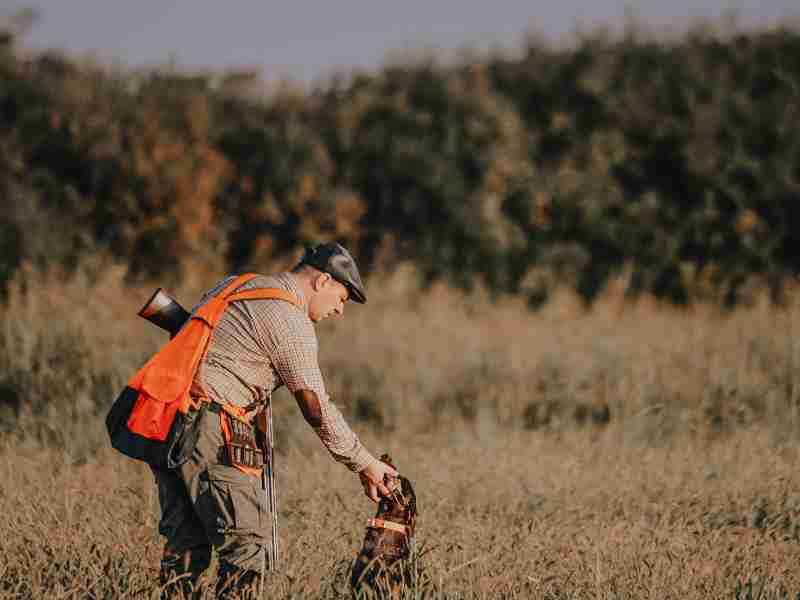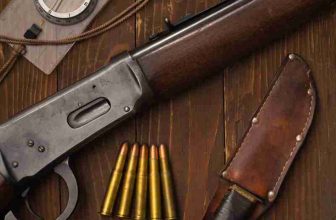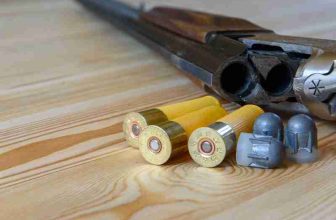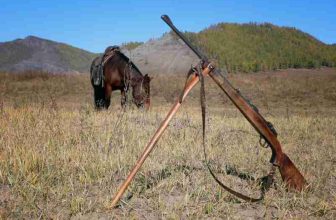
Every hunter needs to know about carrying capacity. It’s an important concept in wildlife management and conservation that helps to ensure hunting remains sustainable and animal populations are not over-exploited. This blog post will provide an overview of what carrying capacity is and how it can be used to guide hunting regulations and limits.
What is Carrying Capacity?
In hunting, carrying capacity refers to the number of animals that a particular area can sustainably support without experiencing negative impacts on their population size or health. Various factors, such as the availability of food, water, and other resources and the presence of predators and competitors, can influence this number.
By understanding the carrying capacity of an area, hunters and wildlife managers can work together to maintain healthy populations while allowing recreational hunting opportunities.
Measuring Carrying Capacity
The first step in determining the carrying capacity for any given area is to measure the available resources. These resources include food sources (such as plants or prey), water sources (including lakes, streams, and ponds), cover (shelter from predators or harsh weather conditions), and space (habitats).
The number of animals that can be sustained depends on how many of these resources are available; if there is enough food or water for the existing population, then additional animals will survive. Once the available resources have been identified, it’s possible to calculate a rough estimate of the carrying capacity for that particular area.
Using Carrying Capacity
Once you’ve calculated an approximate carrying capacity for your hunting area, you should use it as a guide when setting limits on how many animals you take out each year. If you exceed this limit, you’re likely causing harm to animal populations by reducing their numbers too quickly or depleting their food sources too quickly, which could lead to starvation or other issues with their health.
On the other hand, if you take enough animals per year, you avoid having too many animals competing for limited resources, which could negatively impact wildlife populations. It’s important to remember that carrying capacities aren’t set in stone; they are constantly changing due to environmental factors such as weather patterns and natural disasters, as well as human activities such as urbanization and development. As such, hunters and wildlife managers need to monitor these changes so they can adjust their limits accordingly to maintain healthy populations for future generations.
Take Away
Hunting has always been a part of our culture. Still, we must do our part to ensure it remains sustainable by understanding what carrying capacity is and how we can use it when setting limits on how many animals we take out each year. By doing so, we ensure that animal populations remain healthy while providing recreational hunting opportunities now and in the future!






